Samsung Galaxy Note 8 Review - Camera Review
Camera
Is the Note 8's camera the best?
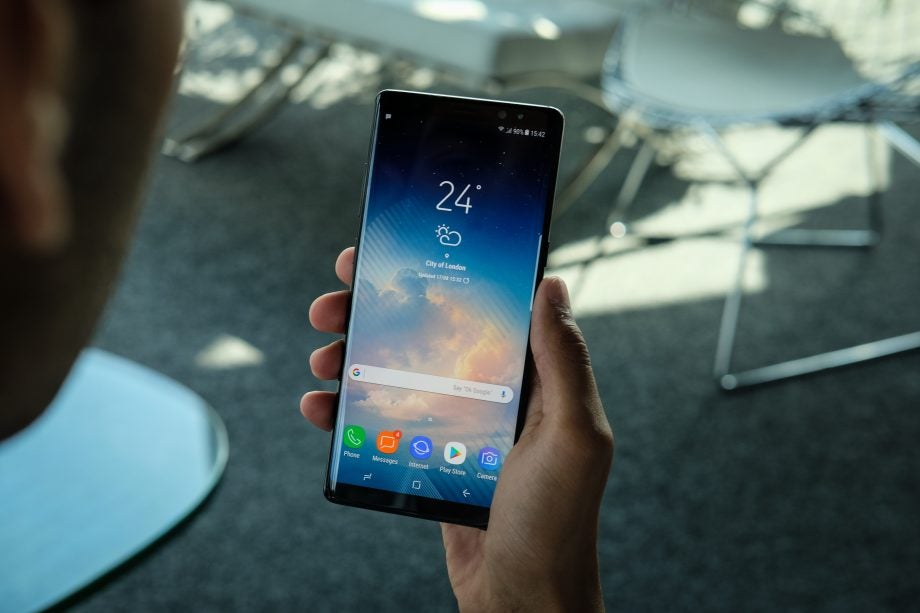
Sections
- Page 1 Samsung Galaxy Note 8 Review
- Page 2 Software and S Pen Review
- Page 3 Camera Review
- Page 4 Performance, battery life and verdict Review
Samsung Galaxy Note 8 – Camera
The Note 8 gets a second rear-facing camera, just like the one you’ll find on the Samsung Galaxy S9 Plus. The main camera is a 12MP sensor behind a wide-angle, f/1.7 lens. The second is another 12MP sensor behind a zoomed lens that provides 2x optical zoom behind a f/2.4 aperture.
The main camera is excellent, producing clear, detailed and colourful shots that are beyond Instagram-worthy. There are loads of modes to choose from, and there’s even a Pro mode for adjusting settings such as shutter speed to your exact liking. It has optical image stabilisation (OIS) and it’s exceptionally rare for any photo to be unusable because of motion blur.
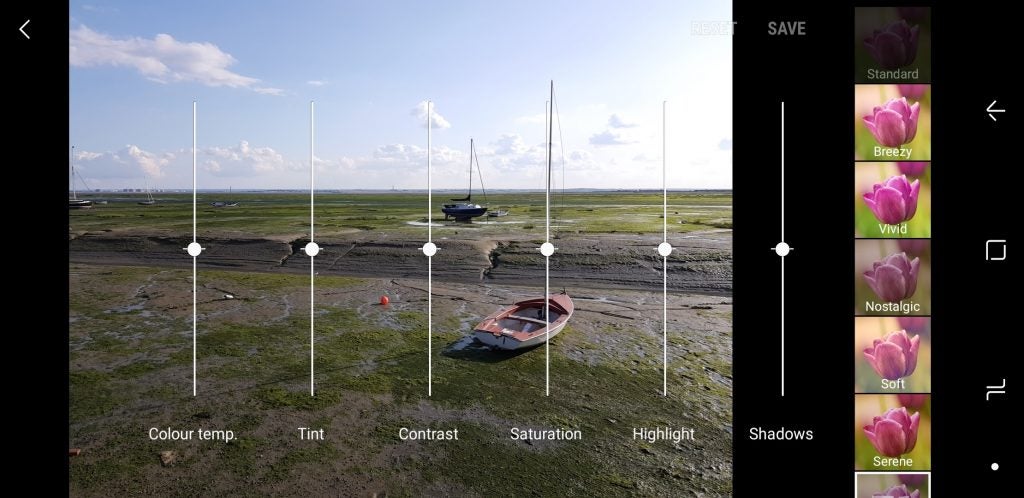
Just some of the settings available in Pro mode
The second sensor is where things get interesting. It has double the focal length of the main camera, allowing you a little freedom to zoom in on a subject that’s further away, or that would benefit from some cropping. Because the aperture isn’t as wide as the main sensor, you do lose some flexibility, but in certain situations having this zoom is extremely advantageous.
The zoom lens’ main benefit is the new Live Focus tool. This allows you to shoot images on the zoom lens, while the main sensor is being used to understand the background. Together, these let you de-focus the background while you’re shooting to create some very classy-looking portrait photos.
It does require you to be around 1.2m from your subject, which can be a pain, and won’t work if there’s too little or too much light. If you want to make further adjustments, you can adjust the level of blur after you’ve finished shooting, which means you don’t have to spend ages faffing around when taking the initial shot. Whether or not you’re a fan of artificial bokeh, it works very well indeed. Any imperfections in the blurring were so small that at most normal image sizes they’re impossible to see.
If it turns out you hate what you’ve created, the trusty wide-angle lens camera also takes a shot at the same time. It’s this last feature that sets the Note 8 from its dual-camera rivals such as the Huawei P20 and iPhone 8 Plus. It’s certainly not a deal-clincher, but can open up some fun creative opportunities.
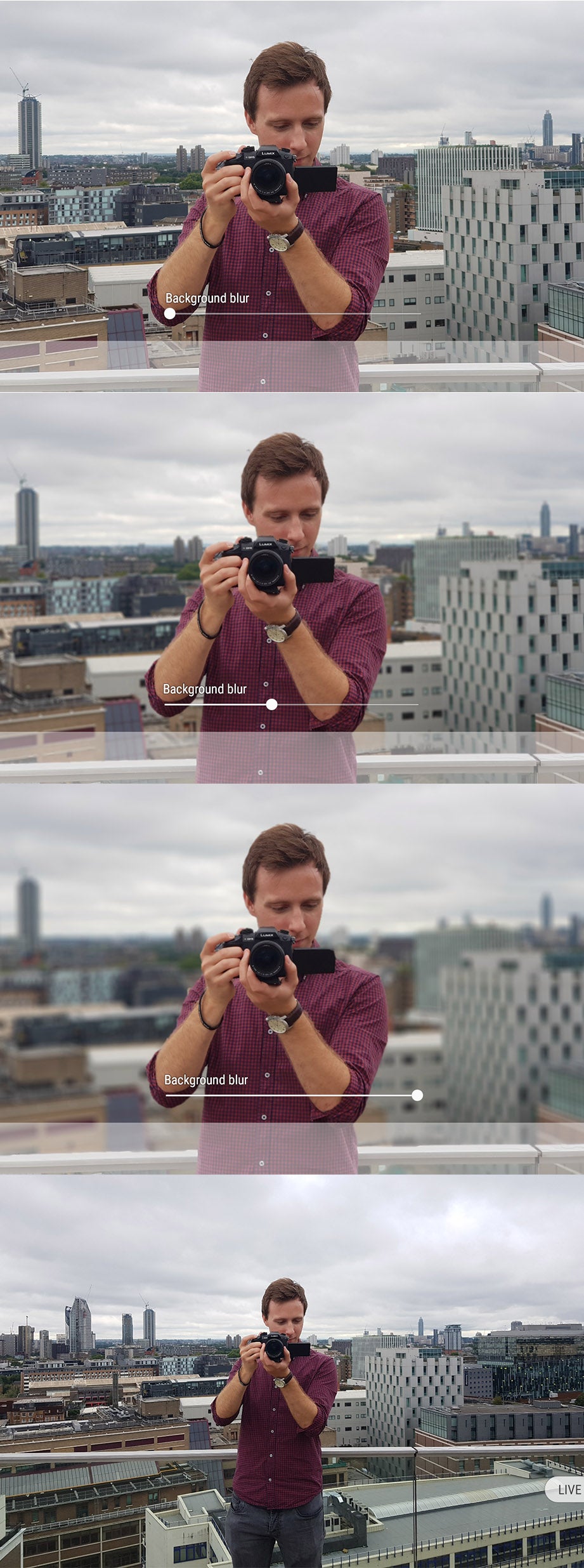
Different levels of focus, plus the original wide-angle shot
Now for a few sample shots to show how this camera handles different lighting conditions.
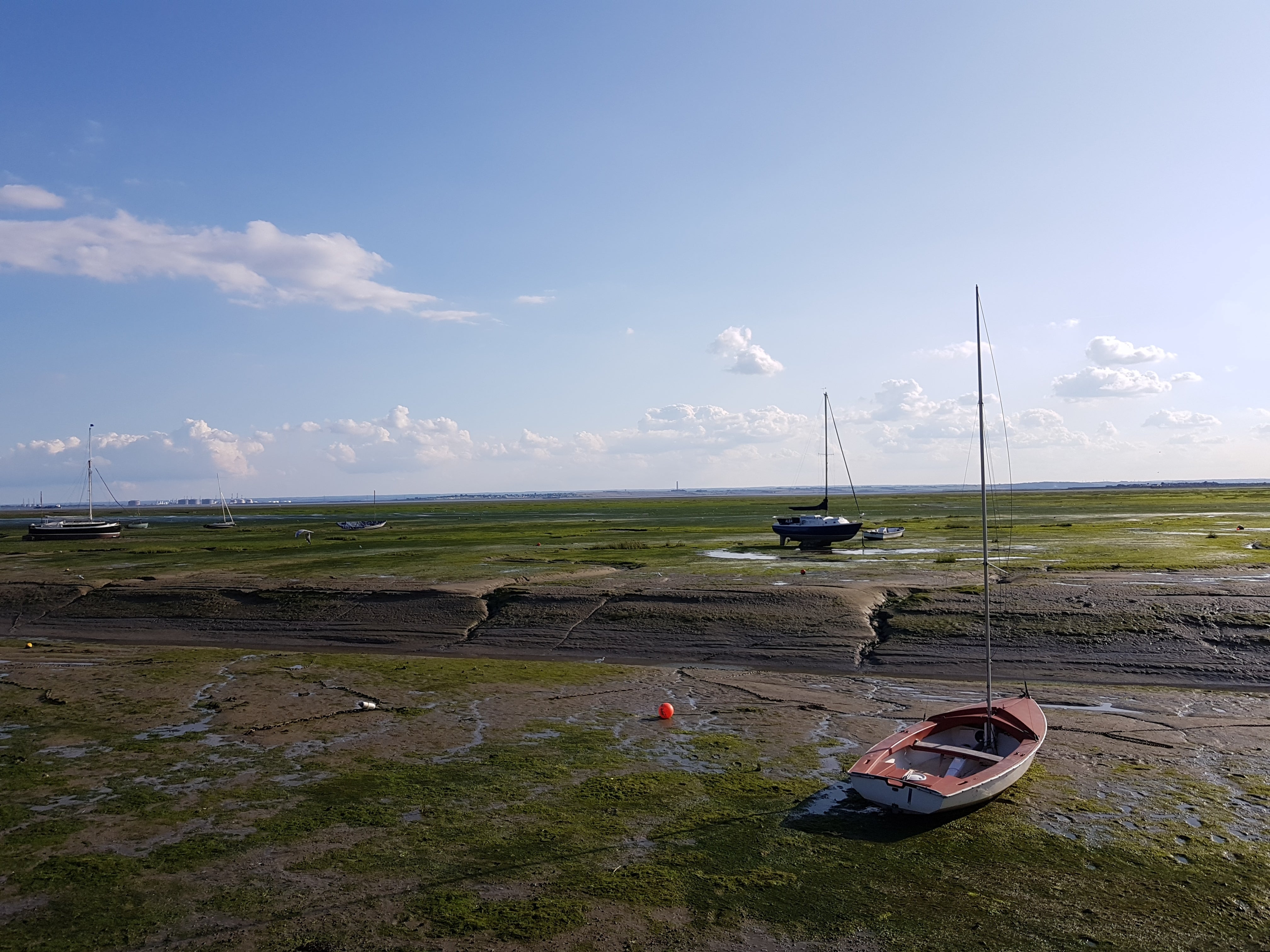
The same as the shot below, but from the wide-angle lens

The same shot as above, but using the 2x lens

Loads of detail in this well-lit shot

You don’t need Live Focus to get some bokeh blur
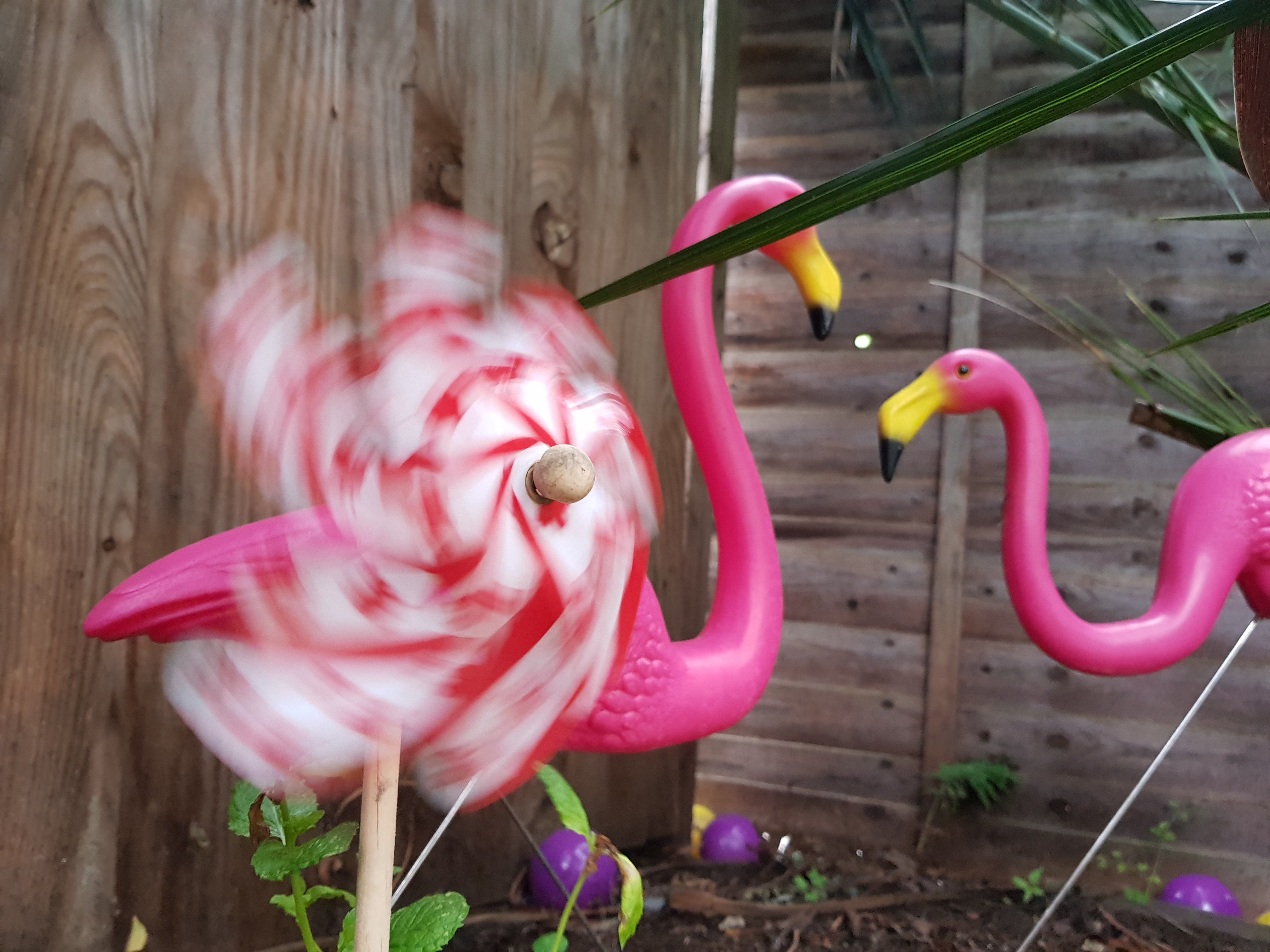
This isn’t a well-lit shot, but colours are still good and the longer shutter speed has been dealt with by OIS
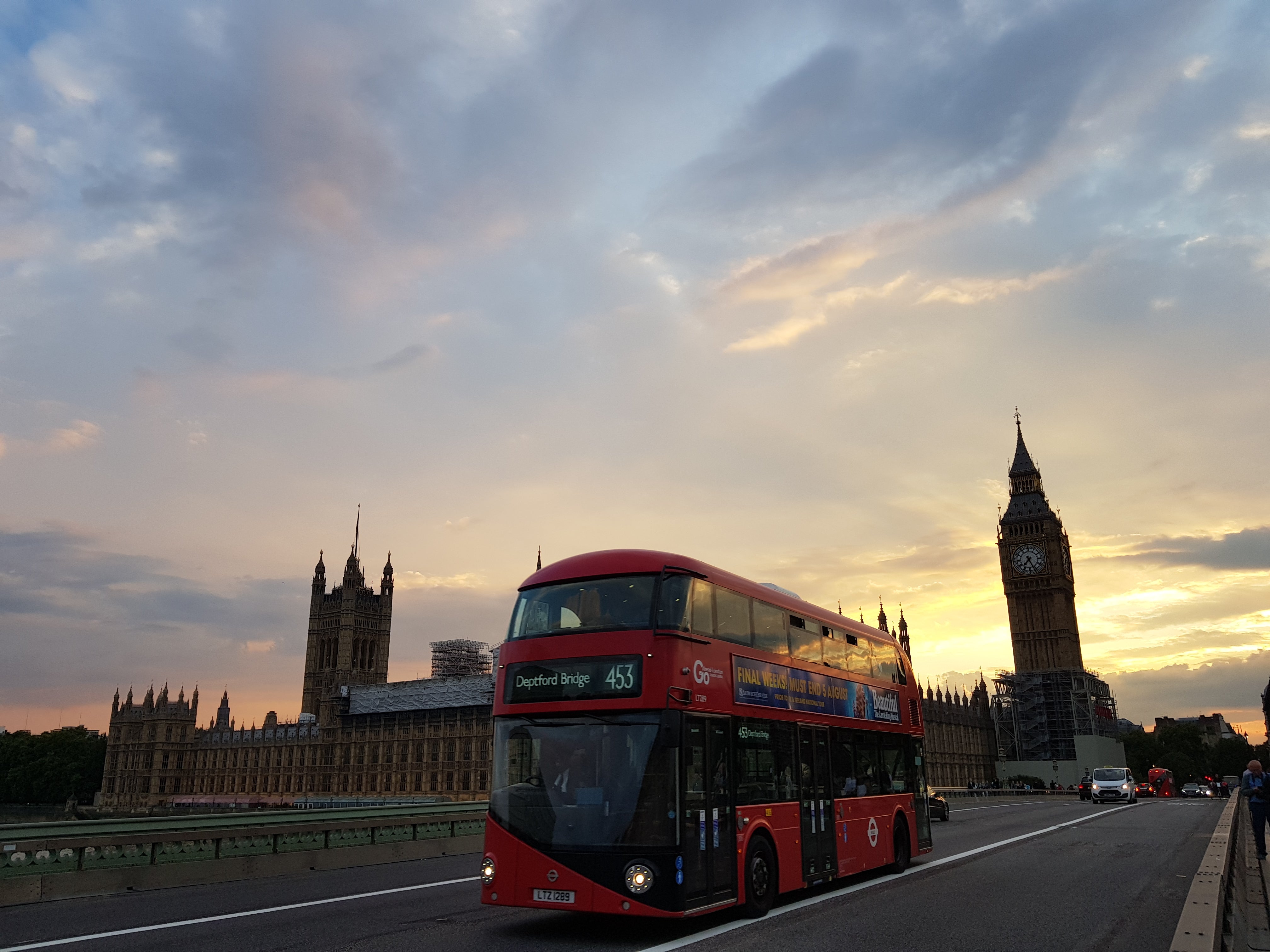
The bus is perhaps a bit dark, but the sky has been served well

Night shots are fine, although there’s some visible dithering creeping in
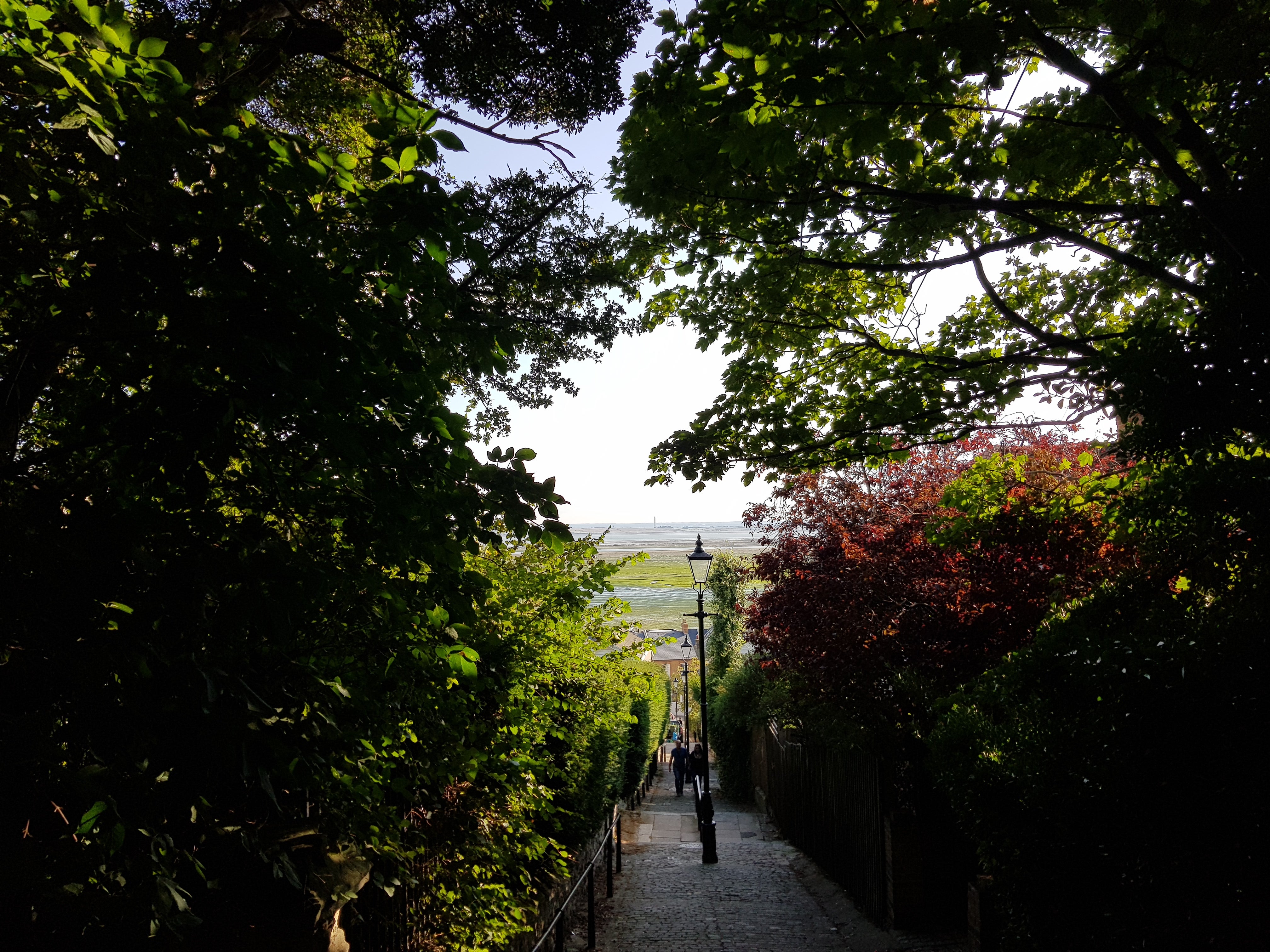
The camera has struggled a little with the dark foliage and could do with some editing

The stabilised zoom lens has done a reasonable job of picking out the moving horse
On the video front, the camera can shoot slow-motion video at 720p at 240fps, which is spectacularly good fun. Regular video is good, too, and can be shot at beyond Full HD, although for file size purposes I’d recommend sticking to Full HD. OIS works wonders here, and video is smooth and vibrant.
The front-facing camera is another success, producing natural shots with plenty of detail and a lens wide enough comfortably fit more than three people in the frame.


